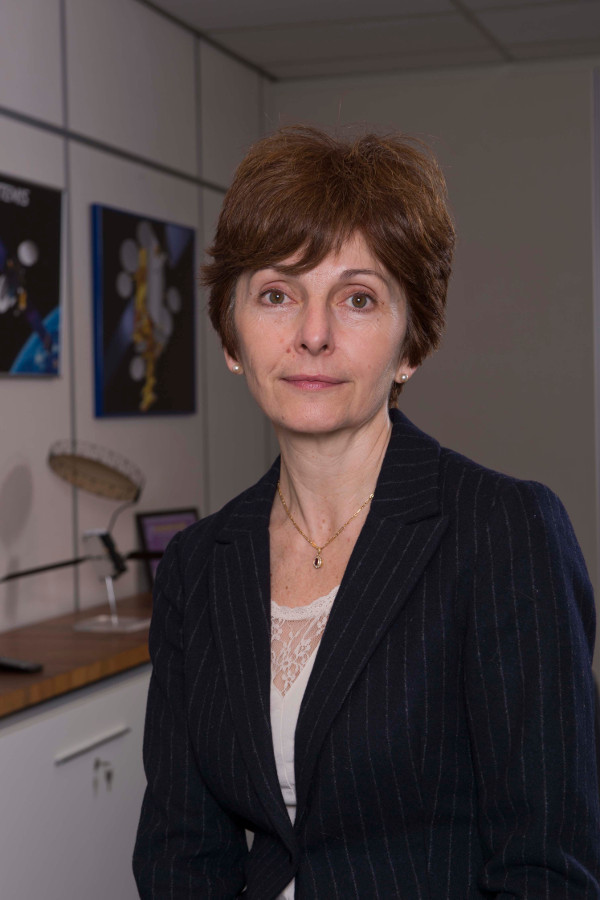
December 2016
Dear ARTES community
For all of us, 2016 has been a year of unexpected and often disruptive developments. It is a tribute to everyone involved that we nonetheless end the year on a high, in fact with our Member States making their highest ever investment in the ARTES programme. The new subscriptions made at the Council at Ministerial Level in Lucerne total over €1.2 billion. This is a great endorsement of the value that governments and industry see in ARTES, in terms of boosting innovation, support for European competitiveness and overall economic impact.
Core Competitiveness has become an increasingly popular programme, whilst IAP, our main applications programme, was over-subscribed by 40 per cent. Both of these elements were enhanced during the year to make them more efficient. Their respective teams also worked hard to assess and communicate their impact, which helped Member States to judge their value. Obviously we are very pleased about this and we aim to make this kind of analysis progressively more thorough.
The Iris programme, which is developing the satellite communications component of Europe’s future Air Traffic Management system, proved particularly attractive. This tells us a lot about the focus of industry and Member States on activities with tangible benefits that everyone can recognise. Its importance was emphasised in the Memorandum of Cooperation signed in October between ESA and the Single European Sky ATM Research (SESAR) Joint Undertaking.
Of course we have also been busy with our many other programme elements, in particular complementing and moving forward the NEOSAT, ELECTRA and ICE programmes, whilst also including some brand new ones like Pioneer, ScyLight and ESA’s Govsatcom Precursor.
Here are a few of the highlights from the past year:
- In January we launched EDRS-A, the first operational payload of the European Data Relay System; in June the first image was relayed from Sentinel 1 and November saw the start of regular operational services for the EU Copernicus programme.
- In February we signed the phase C/D contract for ELECTRA with SES, followed by the October opening by Tim Peake of the Thales Alenia Space Electric Propulsion Integration Centre in Belfast, where key elements of electric propulsion systems for satellites will be manufactured. This not only signifies the emerging importance of electric propulsion for the satellite industry but is also another important milestone in the NEOSAT programme.
- A Megaconstellations initiative was launched within the Core Competitiveness programme and a good number of interesting proposals have been and are continuing to be received.
- On 1st December the first telecom satellite built using the SmallGEO programme arrived in Kourou. The launch of Hispasat 36W-1 will be one of our first significant events in the New Year.
As usual we also participated in some very significant events:
- In April the 6th annual ARTES Applications workshop took place in Brussels, jointly organized with Belspo and with over 230 participants;
- In June we co-hosted a workshop with the OECD at ECSAT in Harwell, on Innovation Drivers in the Downstream Space sector;
- Over the summer we had a strong presence in each of the two big aerospace shows at Farnborough and ILA, showcasing recent achievements such as optical communications with EDRS.
- The return of Tim Peake allowed us to build upon his hugely successful Principia mission, through his presence at Farnborough, at the New Scientist conference in London and at a conference in Harwell on Accelerating Healthcare Innovation, which launched a new focus on the potential for services based on crossovers between healthcare and space.
- In November the Seraphim Space and Special Interest fund of venture capital opened for business, with an initial value of £50 million. This is set to boost SMEs and start-ups developing space-based applications, services and technologies that have been developed with ESA’s help, for instance through ARTES.
- The same month saw two new launches in which an ESA Business Incubation Centre is combined with an IAP Ambassador Platform, in Switzerland and Austria respectively.
- And bringing us right up to date, on 12th December the Ambassador Platform Italy was inaugurated in Rome by the President of the Italian Space Agency Roberto Battiston and the new head of ESA’s Downstream Applications Department, Nick Appleyard.
Tempting though it might be, we can't rest on our laurels. The satellite communications market is evolving at an increasing rate, with Very High Throughput Satellites, new launch systems and the forthcoming Megaconstellations all starting to cause fundamental changes within the industry, including not only technological but also operational, financial and industrial aspects.
In the New Year we will continue to help European space industries respond to this new era, by increasing their competitiveness and their rate of innovation. From all of us at the Telecoms and Integrated Applications Directorate, thank you for rising to the challenges of a very demanding year. We wish you the very best for 2017 and we hope that it will bring even greater success.
Magali Vaissiere
Director
Telecommunications and Integrated Applications (TIA)
European Space Agency




